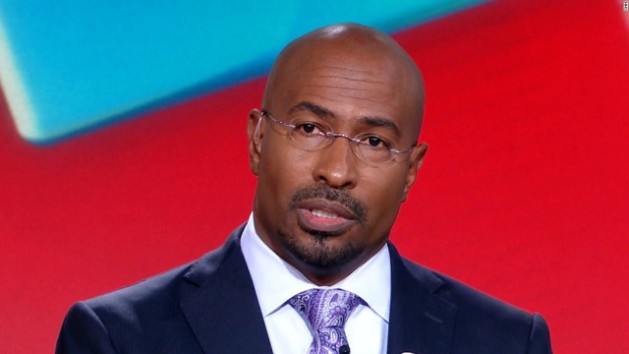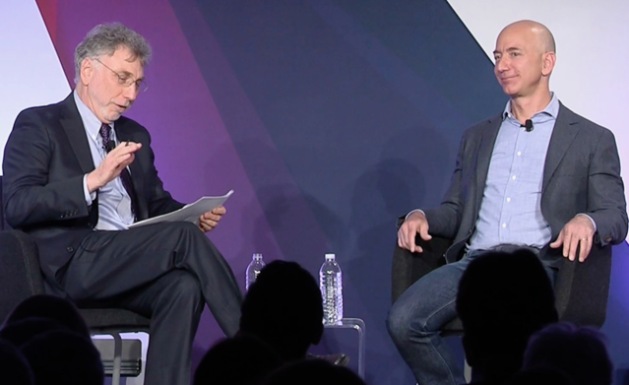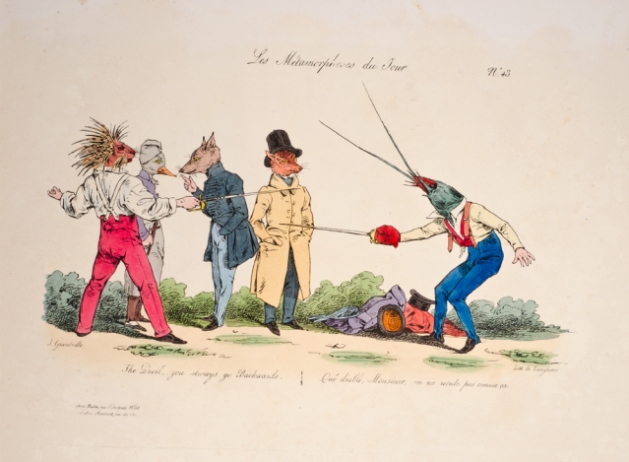
Van Jones: From gushing praise to contempt for Trump’s “poison.”
Previously published at WGBHNews.org.
Two days before President Trump delivered his first State of the Union address, New York University journalism professor Jay Rosen issued a plea/prediction/warning. “I hope you’re ready for three days of ‘presidential,’” he tweeted. “Because they’re coming.”
In fact, much of the day-after media commentary took Trump’s relatively normal speech for what it was: a performance entirely at odds with his outrageous pronouncements and actions over the past year. Lede-of-the-day honors go to John Barron of the Australian Broadcasting Corp., who wrote:
If Donald Trump’s first State of the Union address had been a true reflection of his first chaotic, headline-grabbing year in office it would have been delivered in 280-character bursts on Twitter from his bed with a Filet-o-Fish in one hand and a TV remote in the other.
A strong whiff of won’t-get-fooled again permeated much of the post-speech analysis. Last year, Trump’s first joint address to Congress was greeted by rapturous reviews. According to Michael Wolff’s book “Fire and Fury,” First Son-in-Law Jared Kushner saw it as “a total reset.” Perhaps no one was more smitten that night than Van Jones, a liberal commentator on CNN, who said of Trump’s tribute to the widow of a fallen Navy Seal: “He became president of the United States in that moment, period.” A year later, Jones was having none of it, tearing into Trump’s latest immigration proposal as “sweet-tasting candy with poison in it.”
Nothing characterized Trump’s first year in office so much as his racist demagoguery, from his description of white nationalists in Charlottesville, Virginia, as “some very fine people” to his angry outburst that Haitians and Africans seeking to immigrate to the United States live in “shithole countries.” In keeping with that theme, Trump’s subdued delivery Tuesday night barely masked the racial dog whistles. I was particularly struck by his remark that “Americans are dreamers, too,” an unsubtle echo of the “All Lives Matter” retort that is so often used to rebuke the #BlackLivesMatter movement. As Rebecca Morin reported in Politico, Trump’s words were immediately hailed by David Duke and Richard Spencer, the two best-known figures of the racist far right.
Trump also equated immigration with the vicious MS-13 gang and exploited a patriotic little kid to renew his criticism of African-American NFL players who kneel during the National Anthem to protest police shootings. “For all of his gestures toward unity,” wrote Jamelle Bouie of Slate, “the substance of Trump’s speech rested on the same racism and demagoguery that has marked his entire career in political life.” Josh Marshall of Talking Points Memo characterized the speech as “aggressive ethno-nationalism,” and continued:
The key theme is the extreme valorization of soldiers, police officers and immigration patrol officers as the central element of patriotism. Each of these are merited as part of a range of beliefs and values and commitments that make us American. Trump makes them central and almost sacral in a way that is at war with elemental American traditions, though we would be naive and dishonest to say his reactionary posture doesn’t also have deep roots in our history. We must remember both realities.
Conservative pundits, for the most part, have leaned anti-Trump from the start of his presidential campaign. Although there has been an uptick of support on the right following the recent tax cuts, enthusiasm remains in short supply. At National Review, Jim Talent gave pro-Trumpism a shot, calling the speech “a very strong effort, both substantively and emotionally powerful” as well as the capstone to “a good week for the Trump administration.” Dan McLaughlin was less enamored, writing that “just as hypocrisy is the tribute vice pays to virtue, Trump’s periodic efforts to speak in the language of normal American politics is a reminder of why normal American politics remains a thing of value worth preserving.”
John Podhoretz, a leading anti-Trump conservative, had some fun with the first half of Trump’s speech, in which he gave shout-outs to so many heroes and other admirable folks in the crowd that you might have wondered if he was there to give a speech or to emcee a charity event. “The true inspiration for Donald Trump’s State of the Union speech was not Ronald Reagan or Abraham Lincoln. It was Paul Harvey,” Podhoretz wrote in the New York Post, adding: “So maybe this is what Trump should do. He was a TV star. Maybe he needs an actual TV show.”
And just in case you were wondering if Trump’s conciliatory rhetoric on immigration reform might lead to an actual deal, his old friends at Breitbart — now 99 and 44/100 percent Bannon-free — called the president “Donny DACA” on its home page this morning. If you missed the point, Neil Munro drove it home: “Pro-American reformers describe his amnesty offer as ill-timed, counterproductive and as a betrayal of his voters and his supporters on Capitol Hill.”
It has long since become a cliché, but Trump’s main purpose Tuesday night was to play to his base — to come across as a “warm glass of milk,” as The Washington Post’s Marc Fisher put it, to deliver a fundamentally extremist message, especially regarding the threat posed by foreigners of all sorts.
And it worked, sort of. A CBS News instant poll revealed that 75 percent of viewers approved of Trump’s speech. But the viewing audience was 42 percent Republican and only 25 percent Democratic, an indication of the extent to which the president’s divisiveness has super-charged the polarization that has characterized American politics for the past several decades.
Trump remains deeply unpopular. In the latest Gallup tracking poll, 58 percent disapprove of his job performance while just 38 percent approve. The Russia investigation has descended into chaos. Trump may be getting ready to fire special counsel Robert Mueller or Mueller’s boss, Deputy Attorney General Rod Rosenstein. Congressional Republicans, goaded by Trump, may release a memo containing classified information aimed at impugning the integrity of the FBI.
For one night, Trump was able to set that aside. With few exceptions, though, Jay Rosen’s pessimistic prediction did not come true. After all, we’ve been watching this act for a long time, and we know what always comes next.
Talk about this post on Facebook.






